Understanding how should sunglasses fit is essential for both comfort and performance. Many people buy sunglasses based on style alone, but an improper fit can lead to discomfort, poor vision, and even eye strain. In fact, the right fit ensures that your lenses stay aligned with your eyes, block harmful UV rays effectively, and remain secure during movement. Moreover, well-fitting sunglasses enhance visual clarity by reducing glare and minimizing light leakage from the sides. Since face shapes vary widely, a universal fit does not exist.
Therefore, knowing how should sunglasses fit helps you make smarter choices when shopping. Additionally, proper fit prevents frequent adjustments, which can loosen hinges over time. Whether you’re walking in bright sunlight or driving at high speed, stability matters. As a result, taking fit into account improves both safety and enjoyment. This guide covers every aspect of sunglass fit—from nose bridges to temple length—and explains why each detail counts. Consequently, you’ll be better equipped to find a pair that looks great and performs flawlessly.
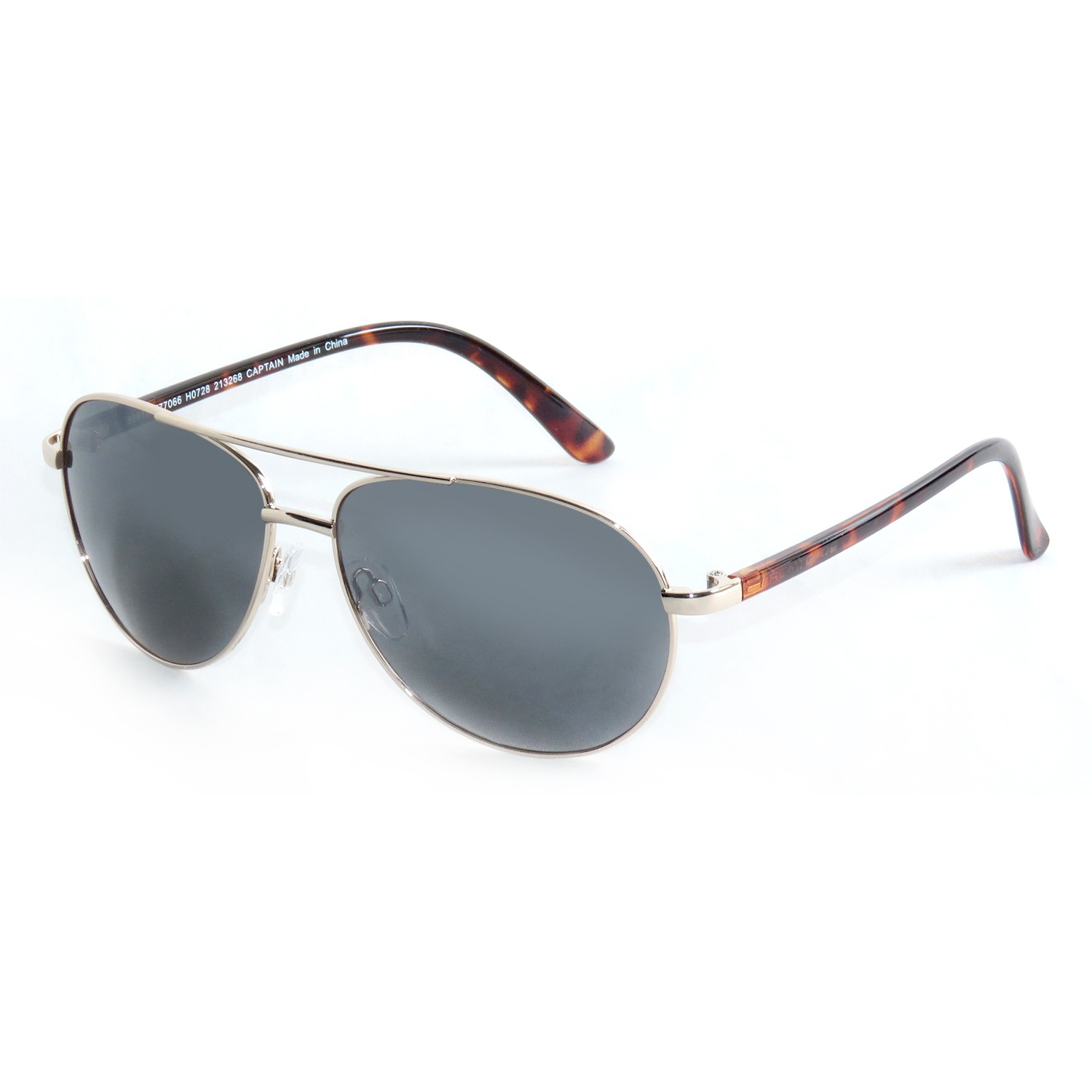 Key Elements That Determine How Should Sunglasses Fit
Key Elements That Determine How Should Sunglasses Fit
Several factors influence how should sunglasses fit on your face. First, the frame width must match your face width. If it’s too wide, the glasses slide down; if too narrow, they pinch your temples. Next, the bridge plays a critical role. It should rest comfortably on your nose without pressing into the skin. A poorly fitted bridge causes slipping or red marks after short use. Also, the lenses need to cover your entire field of vision.
Gaps on the sides allow UV light to enter, increasing eye exposure. Furthermore, the temples—or arms—must extend smoothly over your ears without tension. They shouldn’t dig behind your ears or leave pressure points. At the same time, they must hold the frame securely in place. Lens curvature also affects fit. Wraparound styles follow facial contours, offering better coverage and wind protection. Meanwhile, flat-front designs may look sleek but offer less peripheral shielding. Overall, balance between structure and flexibility defines a good fit. Hence, evaluating all these elements ensures optimal performance and comfort.
The Role of Nose Pads in Achieving a Secure Fit
Nose pads significantly impact how should sunglasses fit, especially for those with smaller or flatter nasal bridges. Adjustable silicone or rubber pads conform to your nose shape, preventing slippage. Without them, metal or plastic frames may rest directly on the skin, causing discomfort. In addition, nose pads elevate the frame slightly, allowing airflow and reducing lens fogging. This is particularly helpful in humid climates or during physical activity. Most high-end sunglasses feature dual nose pads that distribute weight evenly.
As a result, pressure points are minimized, and long-term wear becomes more comfortable. However, worn-out or misaligned pads can throw off the entire fit. Therefore, inspect them regularly and replace if cracked or loose. Some sports models use cushioned nose strips instead of individual pads. These provide continuous contact and extra grip. On the other hand, rimless designs often lack padding, relying solely on frame shape for stability. While lightweight, they may not suit everyone. Ultimately, nose pads are small components with a big impact on overall fit and function.
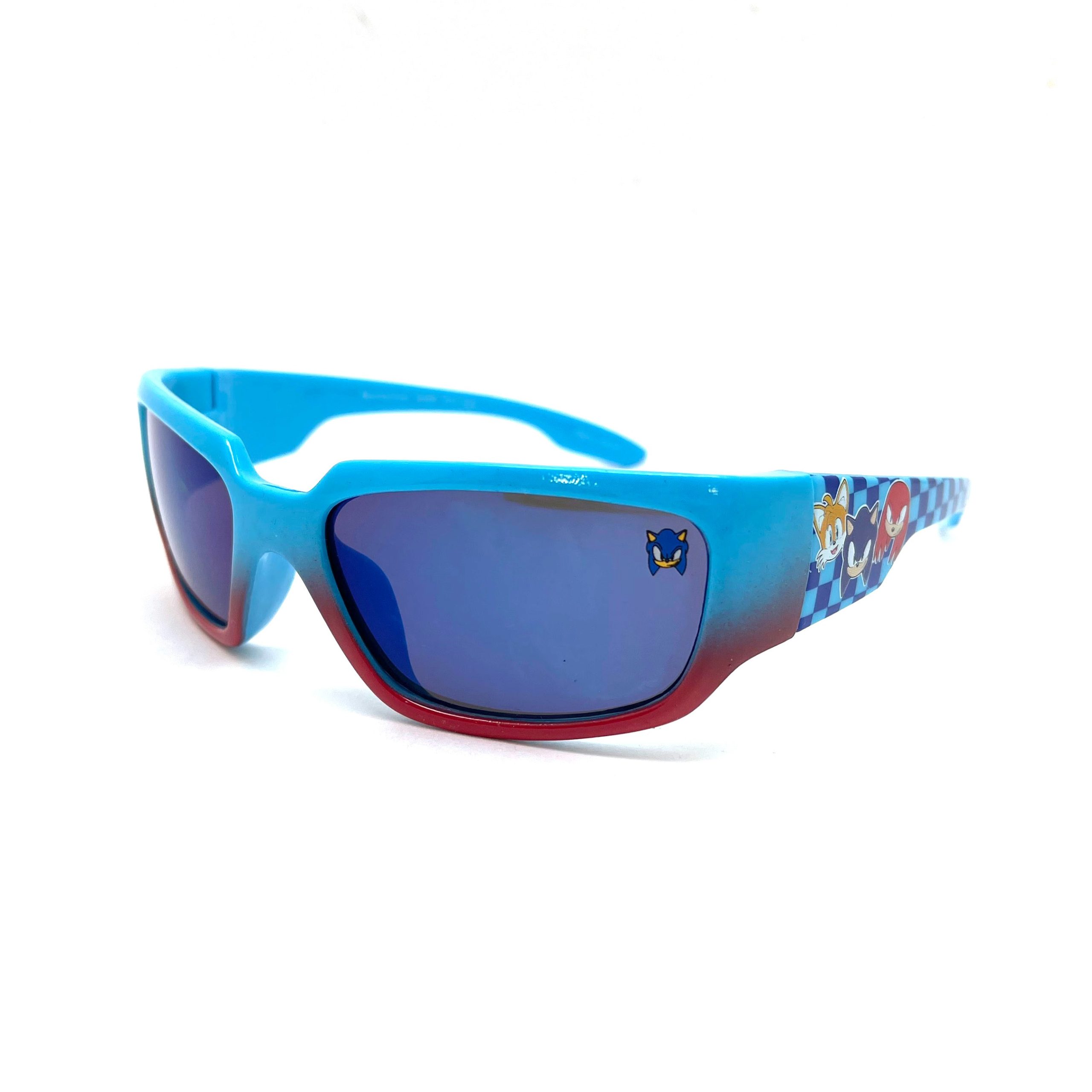 How Face Shape Influences Sunglass Fit and Style
How Face Shape Influences Sunglass Fit and Style
Your face shape plays a major role in determining how should sunglasses fit and which styles look best. For instance, round faces benefit from angular frames like rectangles or squares. These add definition and create visual balance. Conversely, square faces look better in rounded or oval frames that soften strong jawlines. Heart-shaped faces often suit cat-eye or aviator styles, which highlight cheekbones and balance a narrower chin. Meanwhile, oval faces are versatile and can pull off most shapes due to their balanced proportions.
However, proportion remains key regardless of shape. Frames should not extend beyond the edges of your face. Similarly, the top edge should align with your eyebrows. If the frame sits too low, it slides constantly and distorts vision. Also, consider cheekbone height. High cheekbones may interfere with lower frames during smiling or talking. Therefore, try different styles in front of a mirror. Then, move your head side to side to test stability. By matching shape to structure, you achieve both aesthetic harmony and functional fit.
Why Temple Length Matters for Stability and Comfort
Temple length is a crucial factor in how should sunglasses fit behind the ears. Too short, and the arms press uncomfortably against your skull. Too long, and the frame shifts forward, sliding down your nose. Ideally, the temples should reach the back of your ears without bending sharply. They must hug the curve gently, holding the sunglasses in place without squeezing. Lightweight materials like titanium or acetate reduce pressure while maintaining strength. In contrast, stiff plastics may crack over time or cause soreness.
Adjustable temple tips—often found in sport models—allow customization for different head sizes. Some even feature rubberized grips to prevent slipping during sweat or motion. Also, consider hinge flexibility. Spring hinges let the arms extend slightly outward, accommodating wider heads. However, excessive flexing may weaken the joint over time. Regular checks ensure screws stay tight and movement remains smooth. Since many people wear hats or helmets with sunglasses, temple design affects compatibility. Thus, choosing the right length enhances both daily comfort and active use.
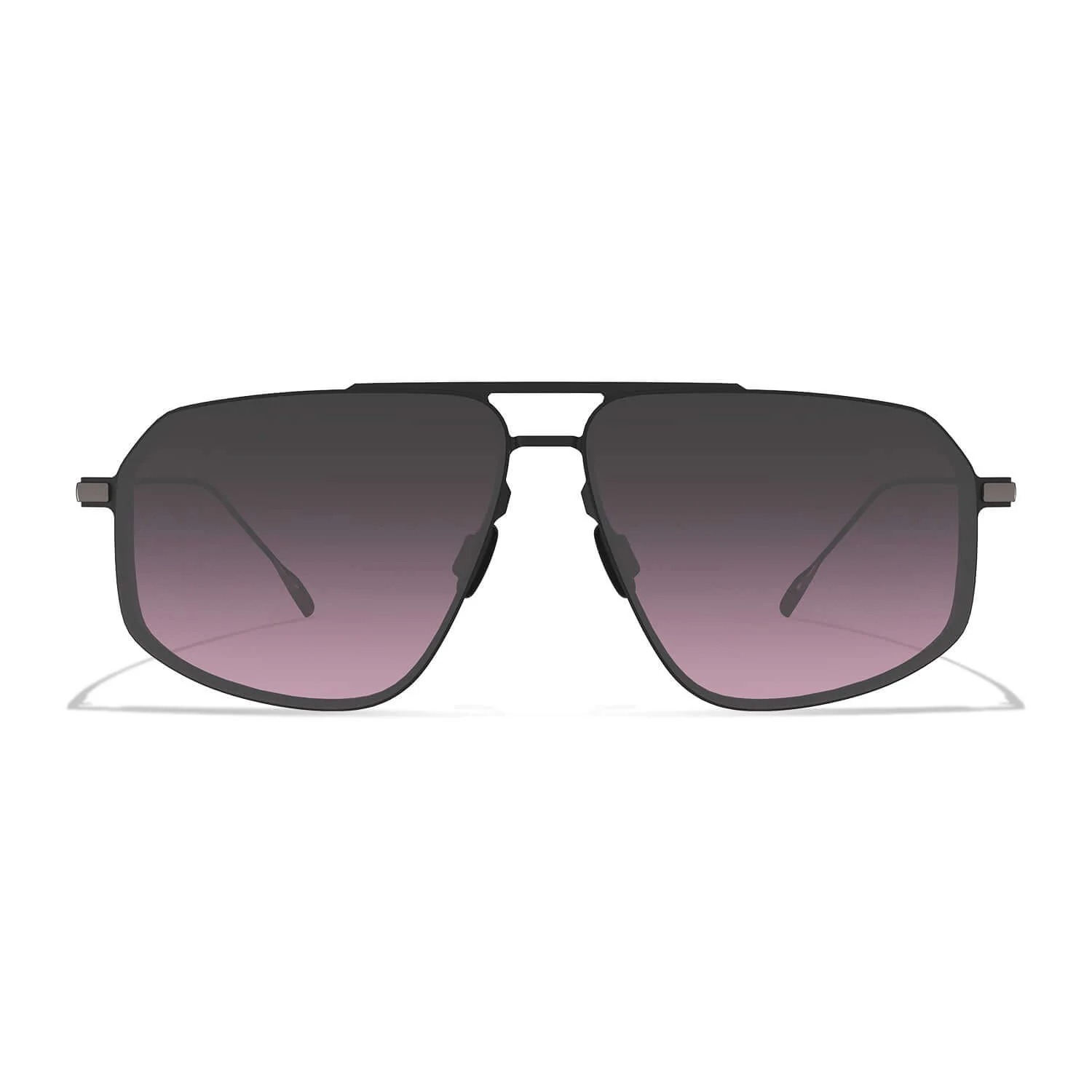 Signs Your Sunglasses Don’t Fit Properly
Signs Your Sunglasses Don’t Fit Properly
Recognizing signs of poor fit helps you avoid long-term issues. First, constant slipping indicates either a loose bridge or overly wide frame. This forces you to push them up repeatedly, which damages the nose pads. Second, pressure behind the ears suggests temples are too tight. Over time, this leads to headaches or sore spots. Third, red marks on the nose mean the frame presses too hard. Either the nose pads need adjustment or the bridge is incorrectly sized. Another warning sign is light entering from the sides.
This means the lenses don’t cover your peripheral vision adequately. As a result, UV exposure increases, defeating the purpose of wearing sunglasses. Also, if the lenses touch your eyelashes, the frame sits too close. This causes smudging and irritation. Fitting issues may also appear only during certain movements. For example, sunglasses might stay put while standing but shift when running. Such instability reveals inadequate structural support. Finally, if one ear feels higher than the other, the frame may be warped. Addressing these problems early preserves both comfort and eye health.
Adjusting Your Sunglasses for a Better Fit
You can often improve fit through minor adjustments. Start by checking symmetry. Hold the sunglasses at eye level and see if both lenses align horizontally. If one side sits higher, gently bend the corresponding temple upward. Use your hands slowly to avoid breaking the frame. For metal frames, slight twists at the hinge can reposition the angle. Acetate models require warm water to soften before reshaping.
Never force bends on cold plastic—it may snap. Next, adjust nose pads if your model has them. Pinch them closer together for a tighter grip or spread them apart for a looser feel. Make tiny changes and test frequently. Also, tighten loose screws on hinges using a micro-screwdriver. Wobbly arms reduce stability and accelerate wear. If temples dig into your ears, bend them outward slightly behind the earpiece. This relieves pressure while maintaining hold. Some optical shops offer free adjustment services. Taking advantage of this ensures professional results. Remember, small tweaks make a big difference in how should sunglasses fit.
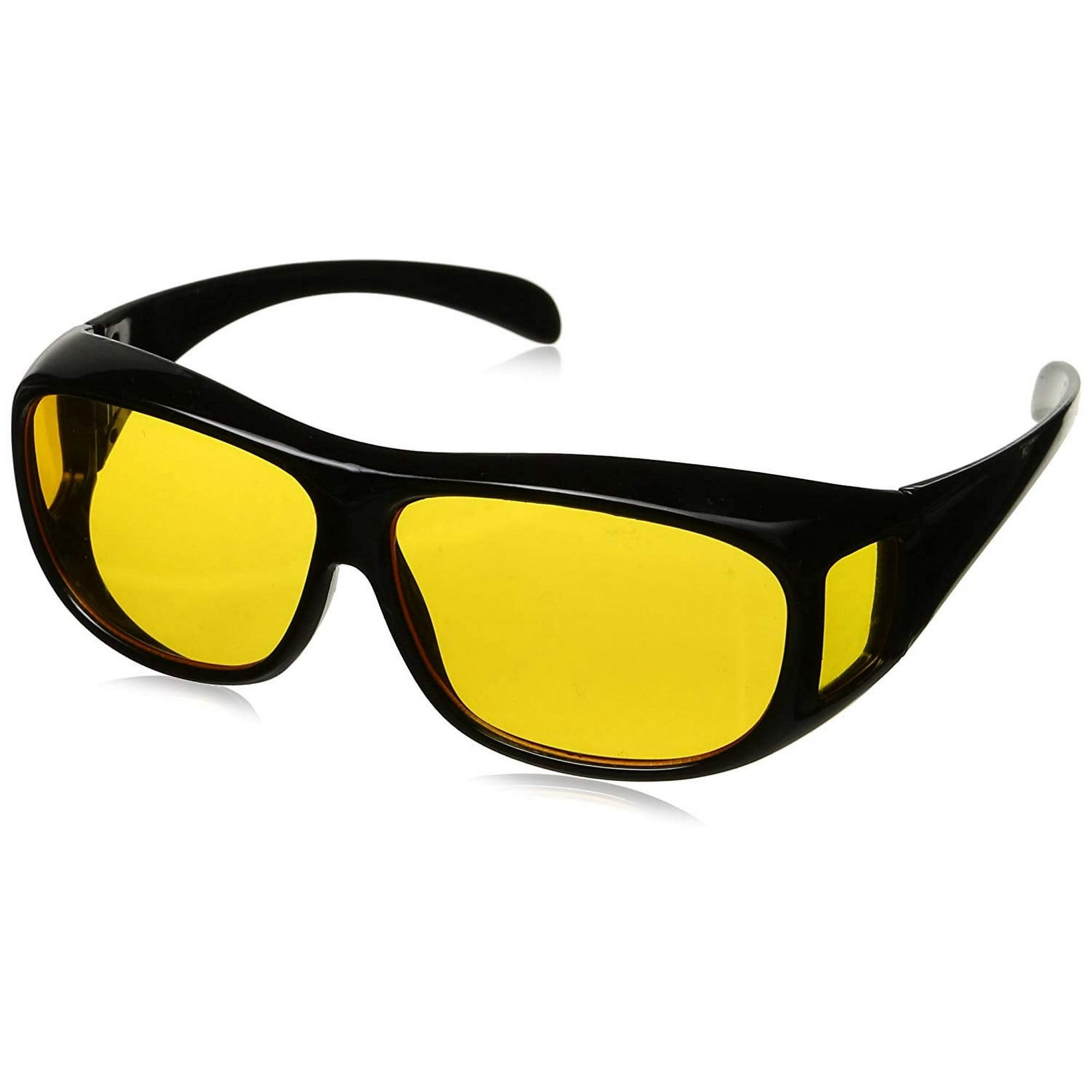 Importance of Proper Fit for UV Protection and Visual Clarity
Importance of Proper Fit for UV Protection and Visual Clarity
A proper fit isn’t just about comfort—it directly affects eye safety. When sunglasses fit well, they block UV rays from all angles. Poorly fitting frames allow sunlight to enter from above, below, or the sides. This indirect exposure contributes to cataracts, macular degeneration, and photokeratitis. In addition, gaps around the lenses increase glare, making it harder to see clearly. Well-fitted sunglasses, especially wraparound styles, create a seal-like effect. This reduces wind, dust, and debris from reaching your eyes.
Drivers benefit greatly, as consistent visibility improves reaction time. Athletes also gain advantages during outdoor activities. Stable lenses mean uninterrupted focus and reduced squinting. Furthermore, polarized lenses work best when positioned correctly. Misaligned optics diminish glare reduction and distort depth perception. Even high-quality lenses fail if the frame shifts constantly. Therefore, ensuring a snug yet comfortable fit maximizes protective benefits. Ultimately, how should sunglasses fit determines how well they serve their primary purpose: safeguarding your vision.
How Lifestyle and Activity Level Affect Sunglass Fit Needs
Your daily routine influences how should sunglasses fit. Casual wearers may prioritize style and lightweight materials. However, active users need enhanced security and durability. For example, cyclists require aerodynamic, wrap-style frames that resist wind lift. Runners benefit from rubberized nose pads and temple grips that hold firm during sweat. Meanwhile, beachgoers might prefer larger lenses for maximum sun coverage.
Water reflects UV rays, increasing exposure risk. Golfers often choose amber or brown tints with precise peripheral alignment. Any frame movement disrupts their swing focus. On construction sites or industrial environments, safety-rated sunglasses with side shields are mandatory. These must meet ANSI standards and stay in place under movement. Travelers value foldable or collapsible designs that fit in pockets. Yet, compactness shouldn’t compromise fit when worn. Children need flexible frames with strap attachments to prevent loss. Each lifestyle demands specific features. Matching fit to function ensures lasting satisfaction and protection.
Frequently Asked Questions About Sunglass Fit
How tight should sunglasses feel?
They should feel secure but not constricting. You shouldn’t experience pain or pressure marks after removal.
Can I resize my sunglasses at home?
Yes, minor adjustments are safe. Warm acetate frames first. Metal ones can be bent carefully by hand.
Do expensive sunglasses fit better?
Not always. Price doesn’t guarantee fit. Try them on regardless of brand or cost.
Why do my sunglasses slide when I sweat?
Sweat reduces friction. Look for models with rubber-coated temples or anti-slip pads.
Should sunglasses touch my cheeks?
They can lightly brush, but constant contact causes smudging and discomfort.
Is there a standard size for adult sunglasses?
No. Frame widths typically range from 130mm to 150mm. Measure your current pair for reference.
Can prescription sunglasses be adjusted?
Yes. An optician can modify temple length, nose pads, and alignment safely.
What if my face is between sizes?
Choose the smaller size. Wider frames tend to slip more than slightly narrow ones.
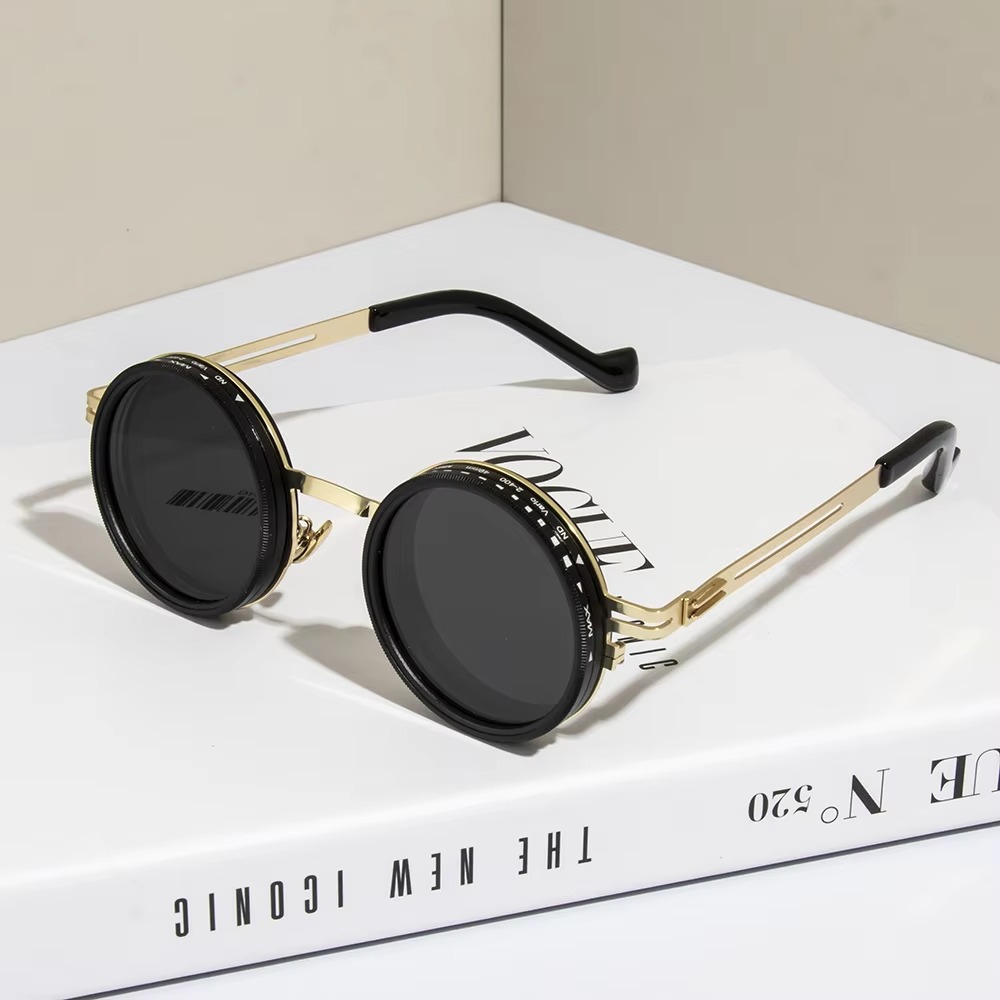 Final Thoughts on Finding the Perfect Fit
Final Thoughts on Finding the Perfect Fit
Finding the right fit enhances both function and confidence. Knowing how should sunglasses fit allows you to enjoy clear vision, full UV protection, and lasting comfort. More than just fashion, sunglasses are a tool for eye health. Therefore, prioritize structural fit over trends. Test multiple pairs, move your head, and simulate real-world conditions. Since everyone’s face is unique, personal trial remains the best method.
Small details—like nose pad texture or temple curve—make a big difference. Also, revisit fit periodically, especially if you notice slipping or discomfort. Over time, hinges loosen and pads wear out. Regular maintenance keeps your sunglasses performing well. Ultimately, how should sunglasses fit depends on your anatomy, lifestyle, and needs. With careful selection and smart adjustments, you can achieve a perfect balance of style, safety, and stability.

